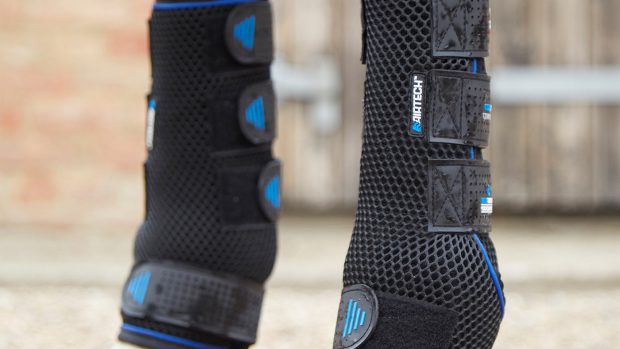Stem cells are like no other cells. They have the ability to change their function and become numerous different types of cells. For instance, stem cells can become specialised cells of cartilage, bone, tendon, fat, muscle or nerves.
This unique ability of a cell to change is called “plasticity”, while the process by which cells change their function is known as “differentiation”.
Many of the long-term consequences of injury or disease occur because the body’s structures cannot repair themselves. This is because cells can’t adequately differentiate or there has been a lack of a stem cell response — hence, any repair of an injury may fail to replicate the normal structure.
Research into stem cells has vast potential to revolutionise treatments for both human, and equine, diseases that currently have no cure.
How could this help horses?
Most cells in the body are highly specialised — for instance, heart cells are adapted to pump blood around the body, while bone cells look and act very differently in their role of producing and maintaining the bones. These cells can’t easily become another type of cell or change their function later in life.
The fact that cells in the adult body have only limited capacity to change doesn’t matter much for day-to-day living, but can be disastrous once disease or injury occurs.
For example, equine tendon injuries do heal slowly by producing scar tissue which, while strong enough to allow some activity, is very different mechanically from a normal tendon. This is why horses that have sustained a tendon injury often re-injure the tendon in the future and may not be as good athletes as they were before.
Using stem cells, we aim to improve the quality of healing by providing cells that have the ability to recreate normal tendon tissue, rather than simply scar tissue.
The Martin Pipe-trained Mr Cool received stem cell therapy after injured a tendon in March 2004. After a steady return to work, the 11-year-old hurdler started racing again in April this year, and on his second start he scored an emphatic, six-length win.
How are stem cells collected?
Stem cells can be collected in three ways. The best stem cell is the fertilised egg, which can be made to turn into all cell types in the body.
One step removed from this is the production of embryonic stem cell lines. These are produced from the very early developing foetus and have huge potential for use in treatment because of their vast ability to differentiate. Currently, embryonic stem cells have been developed in humans and mice for research purposes, although it is likely that equine embryonic stem cell lines will be produced within the next few years.
An alternative to embryonic stem cells is the use of adult cells, most commonly harvested from bone marrow. It is a relatively simple surgical procedure to obtain bone marrow from the adult horse that is being treated and then extract and grow cells in the laboratory.
A final source of stem cells can be obtained from either the umbilical cord or the blood within the umbilical cord at the time of birth. Such cells can then be stored in a freezer for use if the horse injures itself during its life. These may be more efficient stem cells than those we can obtain from bone marrow in the adult horse.
There are many questions remaining about how we collect, handle and extract stem cells. For instance, we still do not know the best way of identifying and sorting true stem cells from the millions that would be collected during a bone marrow biopsy. Nor do we know what the relative merits of using stem cells obtained from the bone marrow are in comparison with embryonic stem cells or those harvested from umbilical tissue.
Once we have harvested and grown stem cells in the laboratory, various techniques can be used to convert the “undifferentiated” cell into one relevant for the tissue that is to be repaired. There is a growing understanding of how to cause stem cells to become specialised cells, for instance, tendon cells. This can be achieved by adding certain things to the cell cultures or by growing the cells on special materials.
Again, many questions exist about how much these cells should be differentiated before they are implanted back into the body, and by what method they should be put back.
One of the main concerns over stem cell therapy is that the implanted cells may convert to an undesirable cell type and function — for instance a cell in a tendon could possibly convert to a bone type of cell, causing abnormal bone formation within the site of injury.
Stem cells will undoubtedly have a major effect on both human and veterinary medicine in the next decade. Our knowledge of how these cells function, and how we can use them to the best effect in treatments is increasing all the time.
Over the next few years, therapies such as those used to treat severe tendon injuries will be improved and refined. Then we are likely to see the use of stem cells to counteract diseases as well.
|
||
 |
||

 Get up to 19 issues FREE
Get up to 19 issues FREE TO SUBSCRIBE
TO SUBSCRIBE 



